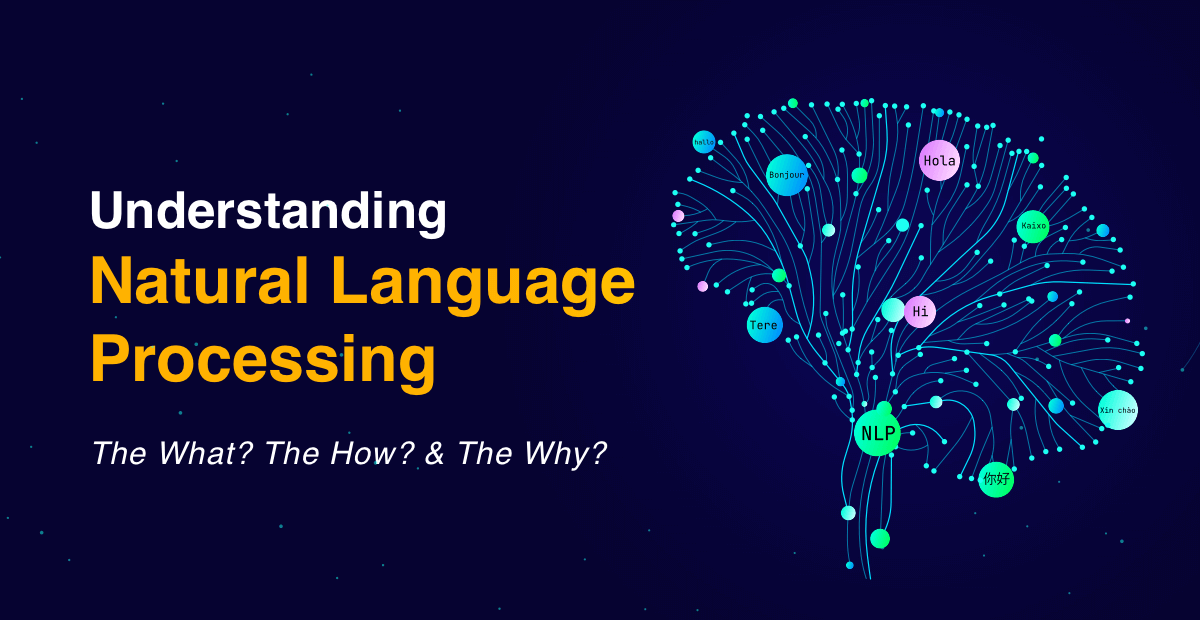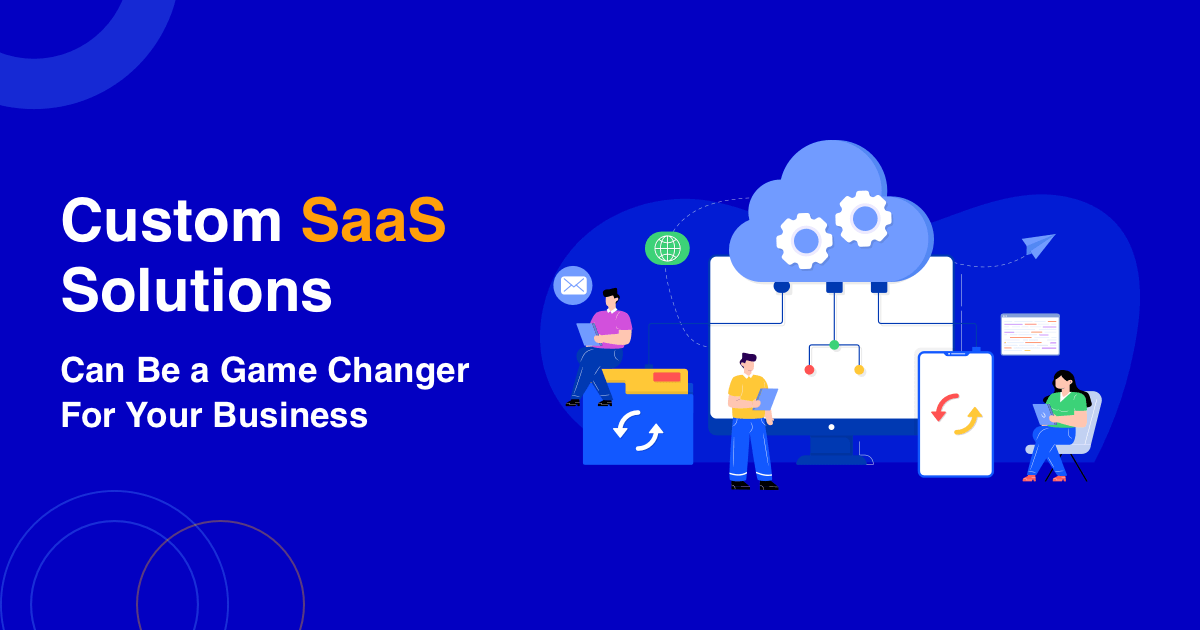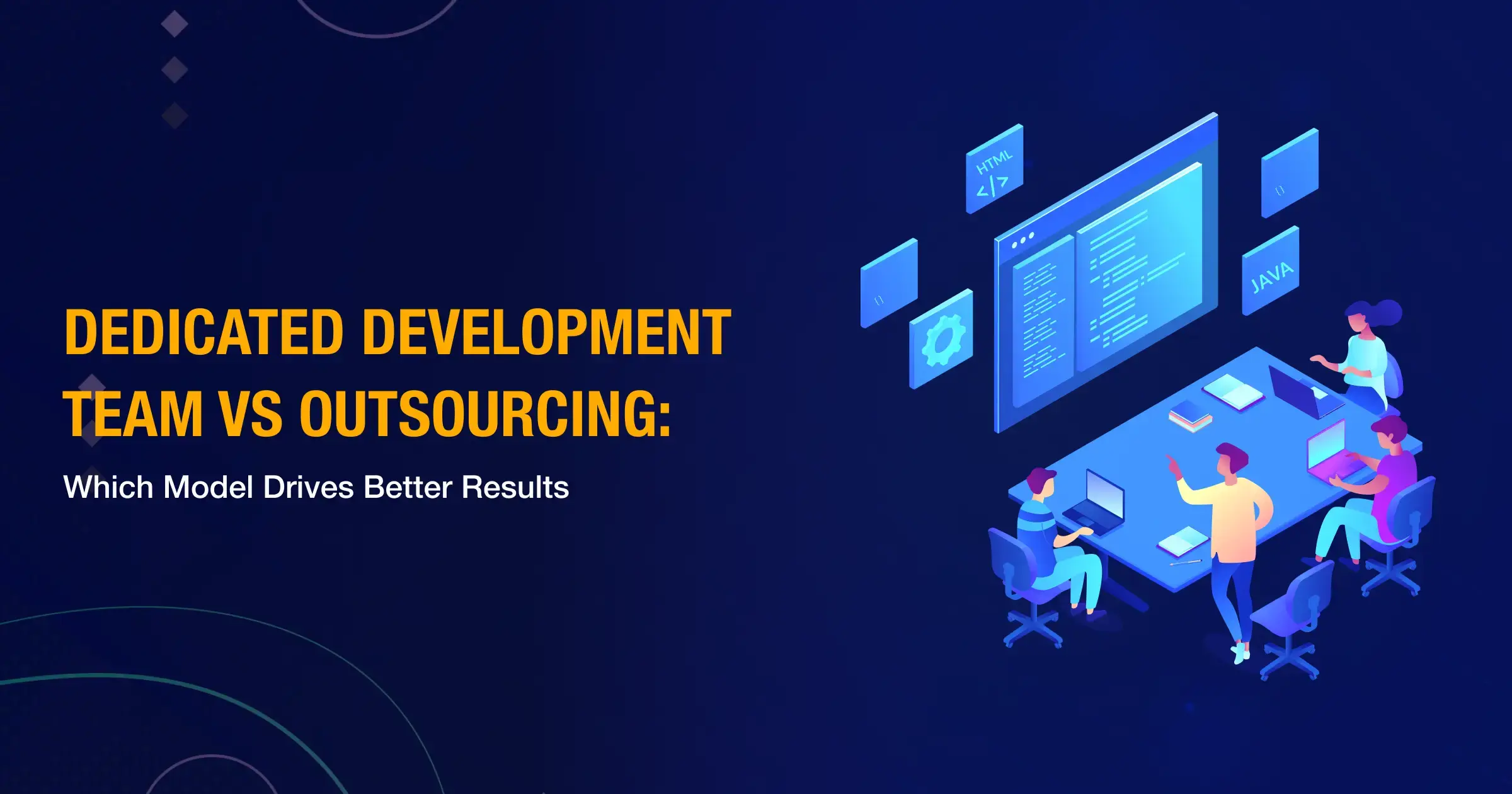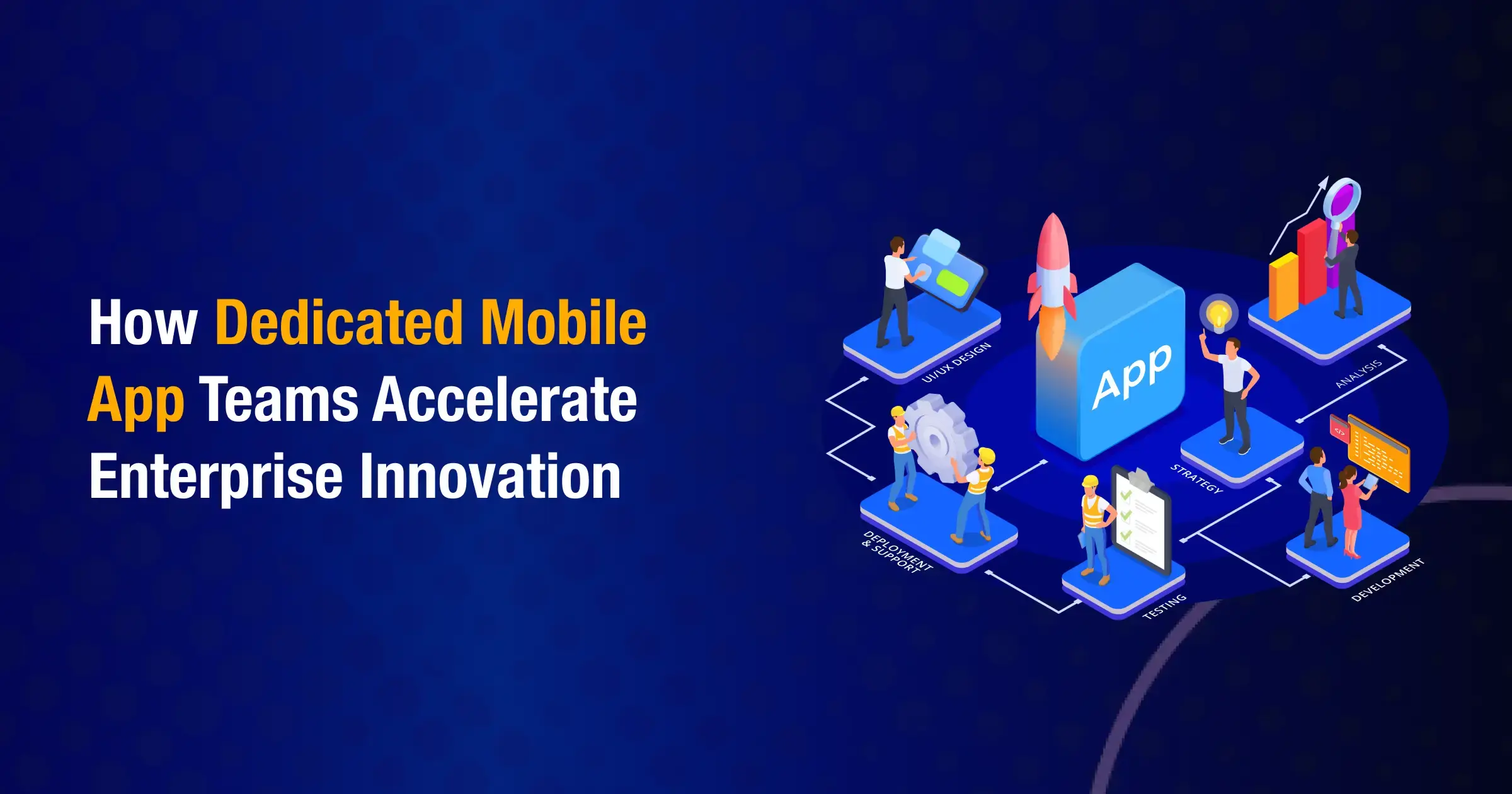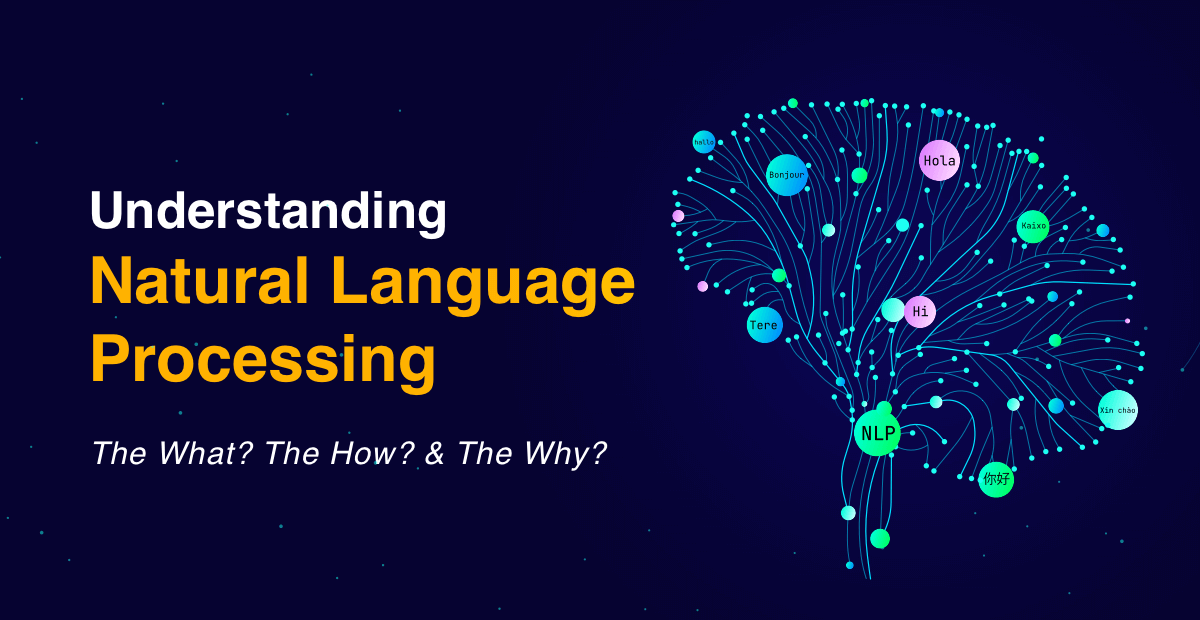
Overview
Natural Language Processing, in short NLP, is fascinatingly revolutionizing the way artificial intelligence works and evolves. Being fundamentally one of the many subsets of data science, artificial intelligence, and machine learning, NLP primarily teaches machines and helps them understand how human language is functioning. We can even say that natural language processing functions with a single goal - to make machines understand how humans interact using languages fluently.
NLP is a recently evolved field which intersects various other branches like linguistics, computer science, and artificial intelligence. As data is the new resource which individuals, businesses, and nations strive to utilize to its fullest potential, NLP can be a game changer in helping machines to be taught and trained by huge datasets of human communications of various forms.
But what exactly is natural language processing and how it works the way it is now, one might wonder. Well, we will dissect and analyze what NLP really is, how you can harness its enormous potential, and ways you can implement NLP to take your business to the next level.
What is NLP

Natural Language Processing shares its core field primarily with computer science and later with artificial intelligence, functioning with an aim to make computers and machines understand human language. But how does it do that - how it makes machines understand human language? The answer lies in computational linguistics, which is the study of language and understanding how it actually works.
NLP, besides functioning primarily on the principles of computational linguistics, relies on different models which are based on statistics, machine learning, and its subset, deep learning. It uses all the above techniques that we mentioned to analyze human language in the format of text as well as voice, then analyze it word by word and even letter by letter.
But NLP’s success is not only about how deeply it can analyze a given piece of text or audio but also due to the fact that it analyzes the intent behind that content. This breakthrough in technology almost instantly paves the way for traditional chatbots to evolve to meaningfully engage with users.
NLP ushers in a new era of technology where generative AI powered by large language models (LLM) transitions the way various activities traditionally functioned. If you closely look into NLP, you can notice that it is split into two broad categories:
Natural language understanding (NLU), which performs semantic analysis, in other words, understands the text or audio and the intent and sentiment behind that.
Natural language generation (NLG), which enables machines to generate content by clearly understanding the context and sentiments.
If we rewind our timescale, not so long ago people ambitiously discussed about the coming of AI and how it would impact our lives. Now, we are witnessing its impact in our daily lives and we knowingly or unknowingly use AI in our day-to-day tasks - from chatbots and search engines to voice assistants that we use on our mobile devices.
What is NLP Used For

Natural language processing performs a wide variety of tasks related to human language which includes text generation, answering questions, summarizing texts, and many more. After the arrival of NLP many tasks which are repetitive in nature are automated, resulting in improved accuracy and effective utilization of human resources to core business areas. Let us look at some important ways we can use NLP for.
Semantic Analysis
Many businesses and organizations have long since been using chatbots for automating the interaction with their users and customers. However, NLP has changed the fundamentals of how bots interact with people.
Beyond text recognition, NLP is trained to understand the emotions that are previously hidden to normal chatbots, which enables it to decode the actual sentiments behind a given piece of text. This comes highly beneficial for businesses in various ways as they can now easily analyze how their customers feel and how their brands are being perceived by people.
For NLP to perform this task of sentiment analysis, it takes text in human language as input and the output is usually expressed in one of these three ways - positive, negative, or neutral. It uses techniques like word n-grams, TF-IDF features, hand-generated features, and other deep learning techniques, utilizing which it gives the probability as output.
If you see, this particular feature - sentiment analysis of NLP - is used more than just intelligent chatbots, which includes customer reviews analysis, mental illness identification, and so on.

- “I really enjoyed the service! A true value for money.” - Positive
- “I booked the service two days in advance.” - Neutral
- “I am disappointed with this service. It’s not at all worth the money.” - Negative
Language Translation
Also called machine translation, NLP helps in seamlessly translating text from one language to another by understanding and analyzing text and choosing the appropriate word or phrase that best describes that text in another language. Google Translate is one such example of how NLP is put into practice for translation.
The input to such operations is usually a piece of text in a specified human language, which is processed by NLP and gives the output as a piece of text in the specified target language. This feature of NLP is used for various purposes from translating posts and comments to classifying texts based on distinct human languages.
Toxicity classification
As social media platforms gain popularity, the users are constantly proliferating which makes it challenging to regulate online content that people create, the comments they post, and so on. It is also a turbulent time where one small piece of misinformation spreads like a wildfire, which necessitates the monitoring and regulation of online content including comments, reviews, etc.
Natural language processing, in this regard, helps identify and classify content which are having hostile intent. It relies on toxicity classification, a sub-branch of sentiment analysis, using which NLP effectively classifies content that is in categories of threat, obscene, insult, hatred, etc. The input to analyze toxicity is usually a piece of text and it generates output in the form of probability of each toxicity class.
This feature of NLP helps in keeping the online platform safe for everyone to use by silencing hateful comments, detecting and removing obscene texts, and controlling misinformation.
Spam Detection
We often hesitate to share our contact information and one important factor for that is to avoid spam calls and emails from different unknown sources. As the issue of spam gets worse, NLP helps in addressing this by a combination of techniques.
Detecting spam is a prevalent binary classification problem in natural language processing, in which the purpose or objective of NLP is to identify whether a given email is spam or not.
To effectively do so, NLP takes the email content, sender details including sender domain, subject of the email, signature, and other necessary and available information as input. Typically, the output is the probability of whether the given email is spam or not.
Many service providers and businesses use NLP to classify and detect spam in calls, social media comments, online reviews, and so on. Natural language processing, thus, helps businesses and users in detecting unsolicited emails, calls, and other online communications.
Text Generation
Text generation is widely perceived as one of the primary applications of natural language processing as it is capable of generating texts that are similar to human-written ones. This feature is formally known as Natural Language Generation, NLG in short. Based on this revolutionary breakthrough, many generative AI models utilize large language models including custom LLMs which are well-versed in understanding human language and generating text.
Autocomplete is a feature where NLP helps understand previously written texts and completes the content based on the same tonality and style. Here, NLP predicts the next possible words and autocompletes the sentence or entire content of different complexities, the feature of which can be used in a variety of applications like social media platforms, chatbots, and many others.
When it comes to text generation, chatbots stand atop to utilize NLP’s features and simplify the way brands and businesses communicate with people. AI-powered intelligent chatbots implement natural language processing, which helps in effectively communicating with users in a meaningful way as bots are now able to understand the text as well as sentiments underlying them.
These chatbots play a crucial role in healthcare industry, especially in telemedicine where the bots simplify communication between healthcare professionals and patients. Using sentiment analysis, AI-powered chatbots understand patients’ emotions which come critical in providing mental healthcare.
Information Retrieval
As search and recommendation systems often face problems in retrieving the most relevant and appropriate documents, natural language processing helps overcome these issues. The main challenge of NLP is that it needs to retrieve relevant documents based on the search query but not give answers to that query.
It is difficult for large enterprises to find documents from millions of files but NLP simplifies this process. NLP primarily performs two functions here - one is indexing and the other is matching using which it checks large datasets containing millions of documents and fetches the most relevant ones based on the search query.
Techniques Used in NLP
For analytical purpose, natural language processing primarily uses some techniques which enable it to understand human language without hassle. The analytical techniques range from simple to complex ones, let’s explore them as follows.
Lexical Analysis
In this technique, text is broken down into simpler units which can be words, letters, symbols, or even sounds to make it easy for machines to understand, the process of which is called tokenization. Through this technique, NLP is able to understand text or tokens in their original context which facilitates computers to analyze and process text with a high degree of accuracy.
Syntactic Analysis
Syntactic analysis, otherwise known as parsing, is nothing but analyzing a given piece of text in terms of grammar where parsing algorithm is used for text analysis. Here, in this technique, the computer decodes how words are arranged in a sentence to give their meaning and identify key elements of grammar like parts of speech, subject-verb agreement, etc.
This technique makes sure the given piece of text follows all the known rules of grammar in that particular language, which makes it useful for checking grammar in a content, and also be used for machine translation, content generation, voice assistance, and many more.
Semantic Analysis
It is an interesting technique, as we have already seen, semantic analysis enables machines to understand human emotions behind the given piece of text. Here, the computer learns and analyzes how the same words are used in different contexts as it understands the underlying meaning of a sentence from parses of the syntactic stage.
Semantic analysis enables AI-powered machines to understand human emotions and sentiments which help them classify between positive, negative, neutral, and other probabilities. This is used in intelligent chatbots, for instance, through which machines interact with humans in a meaningful way as chatbots go beyond just providing answers.
Pragmatic Analysis
Pragmatic analysis goes one step further and helps machines understand and comprehend a given piece of content more than just words and grammatically arranged sentences. Instead, this technique allows computers to apply the sentiments as well as real-world knowledge then comprehend from that perspective. This helps machines better understand human language along with its complexity which will be critical for developing chatbots, AI assistants, etc.
Industry-Specific NLP Use Cases
By knowingly or unknowingly, we are introduced to natural language processing through many ways like search engines, generative AI models, and many more.
Healthcare
The use of natural language processing in healthcare is highly critical as NLP simplifies many operations that would otherwise consume time. As the breakthroughs and new discoveries are happening at a rapid pace, NLP helps healthcare professionals keep up their pace. It helps easy analysis of health records and research papers as NLP understands human language and its complexities, which makes the process easier. Furthermore, it helps healthcare professionals make informed decisions as NLP, by utilizing advanced data analytics, assists them in a wide array of ways.
Finance
In a field where utmost accuracy is not a luxury but a necessity, NLP helps in analyzing financial data using techniques like data mining. It helps dig into voluminous financial data from bank financial statements, regulatory and annual reports, analyze them, and help arriving at intelligent decisions. Additionally, you can better understand the market conditions using NLP which gathers information from various online sources and summarizes them in a way you can make better financial decisions.
Insurance
Natural language processing is used in various ways within the insurance industry which improves its efficiency. It helps in processing claims faster where it also helps automate the whole process by checking the policy documents and medical records.
For the insurance providers, NLP helps go through contract wordings, analyzes policyholder behavior, and flags fraudulent claims by spotting inconsistencies, which improves the efficiency of the insurance industry on the whole.
With AI-powered chatbots, NLP facilitates seamless communication between companies and customers, which helps retain customers and improves their satisfaction with the brand.
Legal
Most of the functions of the legal industry are associated with reviewing bulk documents and going through loads and loads of legal texts. NLP’s application is crucial for this sector as it simplifies and automates a variety of operations.
It helps in analyzing documents, reviewing contracts, summarizing long legal documents, and many more which fundamentally reduces effort and saves time. It helps with legal discovery as it scans vast number of documents and extracts relevant information for cases, thus, improving the entire legal process seamless and simple.
Conclusion
NLP is a fast-growing field, and whatever we have right now is hopefully just a handful of technologies among many breakthroughs waiting to be discovered. NLP helps businesses across different industries from custom software development companies and hospitals to motor insurance providers and universities. Its critical applications like text generation, fraud detection, sentiment analysis, spam detection and management, and facilitating communication through chatbots among many others make NLP an indispensable technology.
FAQs
What is NLP?
NLP in full form is Natural Language Processing. It is a subset of artificial intelligence which helps computers understand and comprehend human language along with its complexity. It then mimics how we humans use language and benefits us in a variety of ways like text generation, content summarization, fraud detection, and so on.
What are the types of NLP?
NLP models are primarily categorized into two types - rule-based NLP and statistical NLP. Rule-based NLP models use a set of pre-defined rules and dictionaries to understand and analyze text and then use the same rules to generate content in that language. On the other hand, statistical NLP models use probabilistic methods and also use data-driven techniques like data mining to understand language and make predictions.
How NLP works?
Natural language processing works on the combination of techniques including the principle of computational linguistics, statistics, and deep learning. It implements techniques like parsing, tokenization, sentiment analysis, and others which help it effectively understand human language and the underlying emotions.
What is the difference between NLP and Machine Learning?
Machine learning (ML) fully focuses on utilizing machine learning algorithms which enable machines to perform tasks automatically without being programmed. On the other hand, NLP is a technique fully focussed on understanding human language along with its complexities and underlying sentiments which help computers to comprehend and generate human language.
What are some ethical challenges in NLP?
Natural language processing primarily relies on volumes of text or audio data in normal human languages, and many fear that NLP models are vulnerable to bias, purely based on the training data. Besides, misinformation and security considerations are other key challenges which could hinder transparency and fairness.

